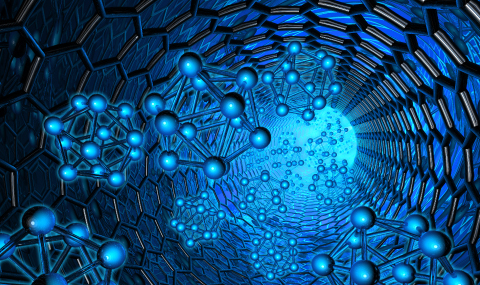We are investigating a novel concept for very low energy (down to sub-keV) ion detection, through their interaction with semi-conductor media. When such ion is neutralized at a solid surface, its potential energy is released - most of it being transferred to electrons of the solid via Auger neutralization. A well-known consequence is the ejection of electrons from the solid into vacuum, referred to as “external” potential ion-electron emission – resulting from the ion’s potential energy, while its kinetic energy does not play any significant role.
Following theoretical predictions, we have investigated experimentally this phenomenon, using an ion decelerator (assembled in our group) and custom-made photodiodes. We observed, for the first time, an increase in the reverse current of silicon photodiodes - caused by neutralization of slow (3 eV) ions at their surfaces. The current increase depends on the incident-ion species and on the specific photodiode structure. Amplification of the ion-induced charge was observed with an avalanche photodiode (APD) under high applied bias. The observed effect can be considered as ion-induced "internal" potential electron emission into the conduction band of silicon.
Ion detectors based on this phenomenon would require proper surfaces and the development of new internal-charge amplification concepts. Such internal-emission detectors would operate even in a gas, paving the way to numerous potential applications. Among them: ion-counting nanodosimetry for track-structure studies in radiobiology; track-structure recording in astrophysics (e.g. in x-ray polarization studies), rare-event experiments (e.g. directional dark-matter searches and neutrinoless double-beta decay); ion-mobility spectroscopy and mass spectrometry.


